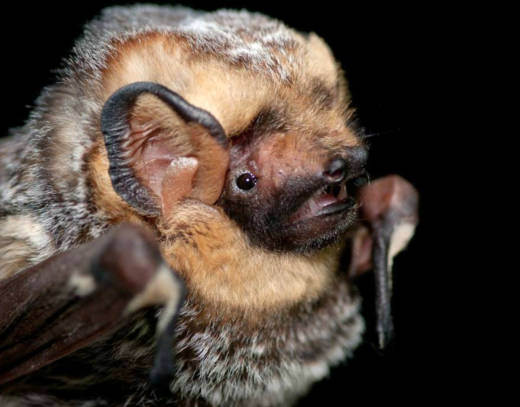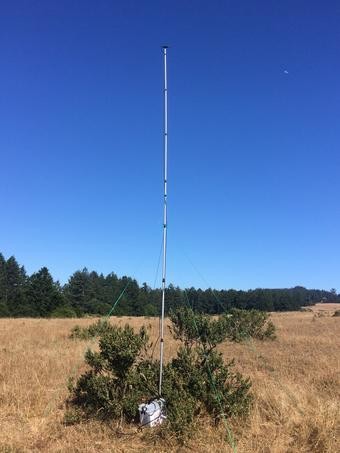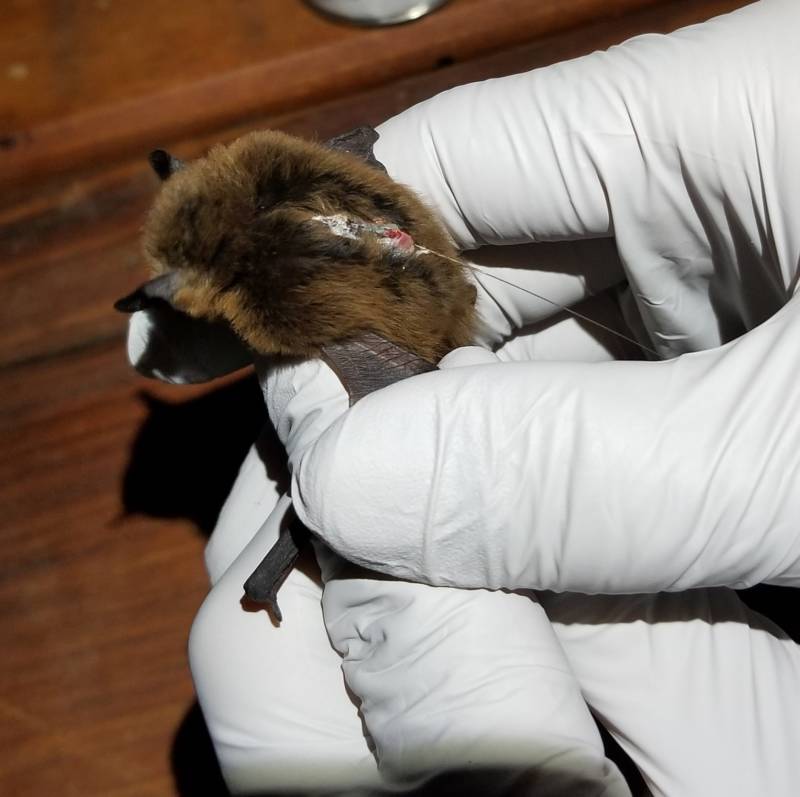Wildlife biologists in Marin County are in the midst of a study that will help conservation efforts for a still somewhat mysterious creature: bats.
Gabriel Reyes, a biologist with the United States Geological Survey, says there are some common misconceptions surrounding bats. They've been described as flying rodents, and thanks to Hollywood, some may even think of them as fearsome critters.
“They're actually not [flying rodents],” says Reyes. “They're more closely related to the common ancestors of camels and whales. They're really nothing to be afraid of. I think they're all adorable.”
I have to admit that I also think they’re pretty cute. But seriously, Reyes says bats play an important role in our ecosystem. They’re the primary consumers of nocturnal insects like mosquitoes and other agricultural pests. So, you can think of them as winged exterminators.
“Without bats gobbling up bugs all night we would be spending way more money on pesticides, and that can have other impacts worldwide,” says Reyes.




